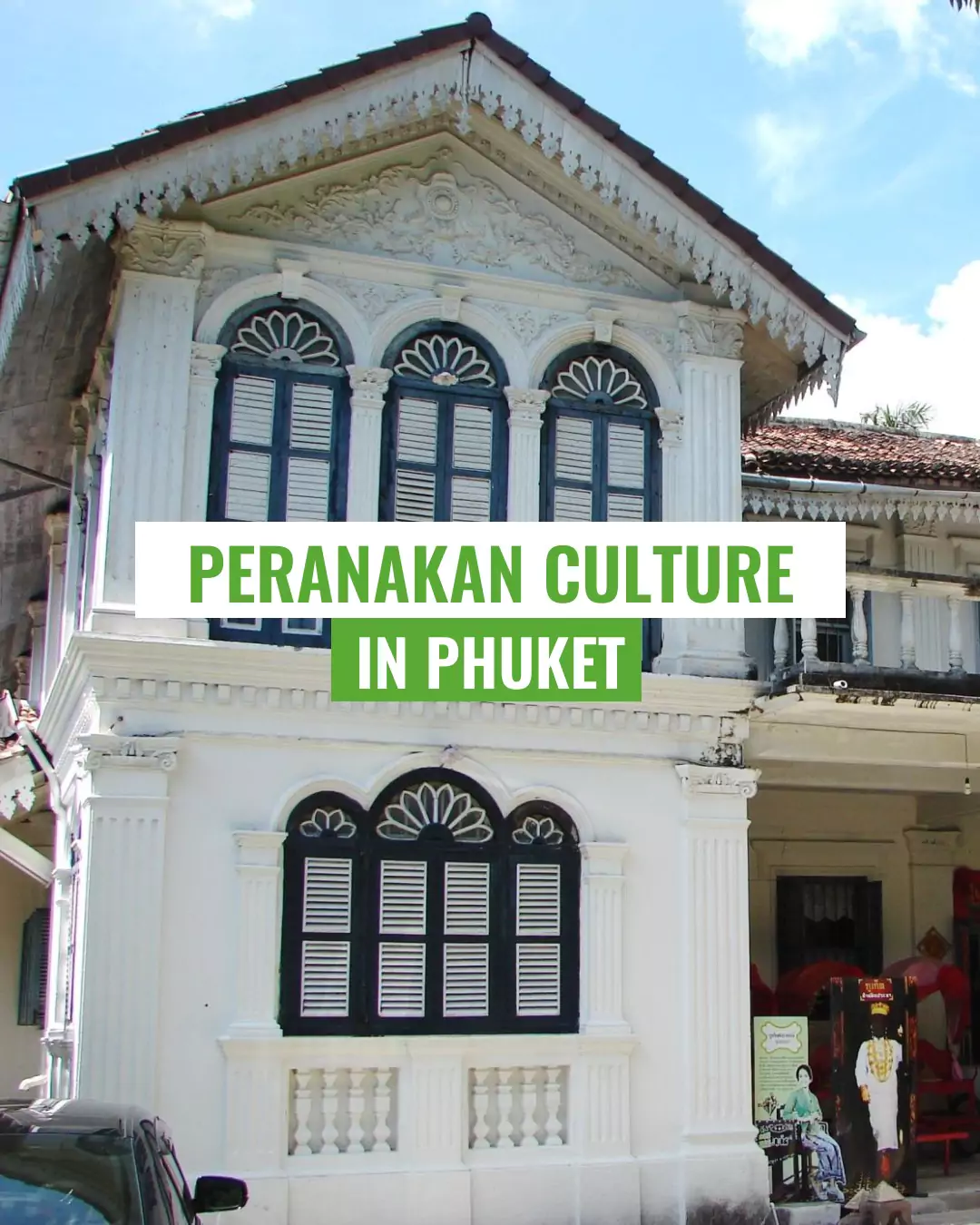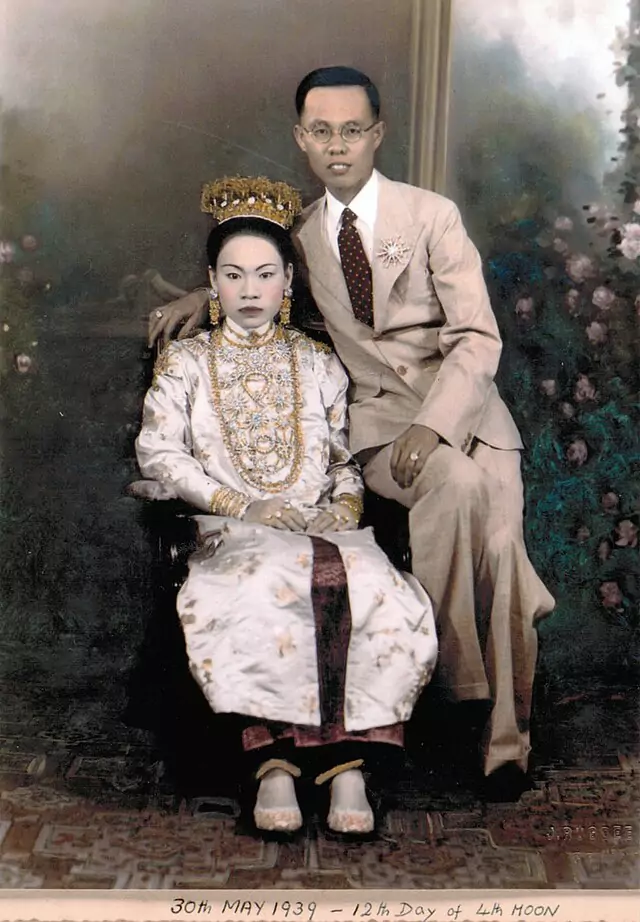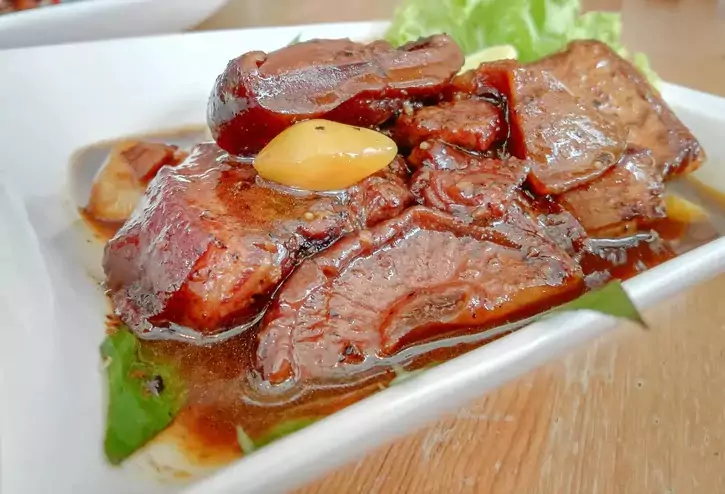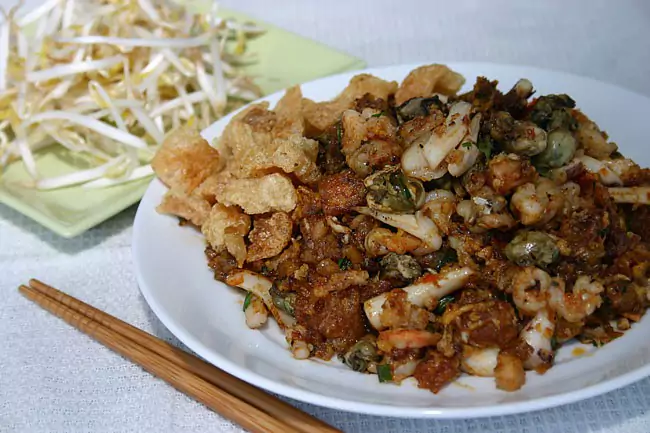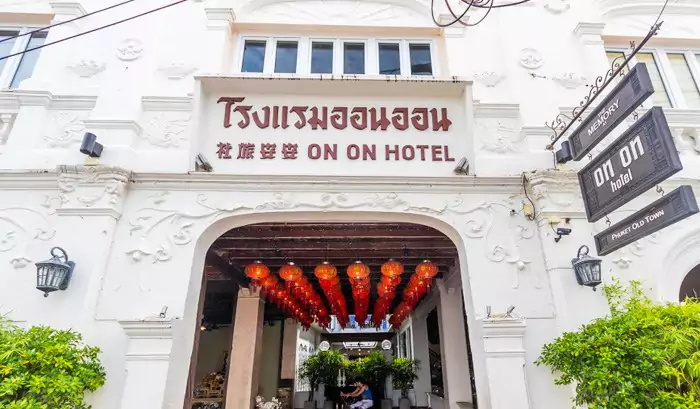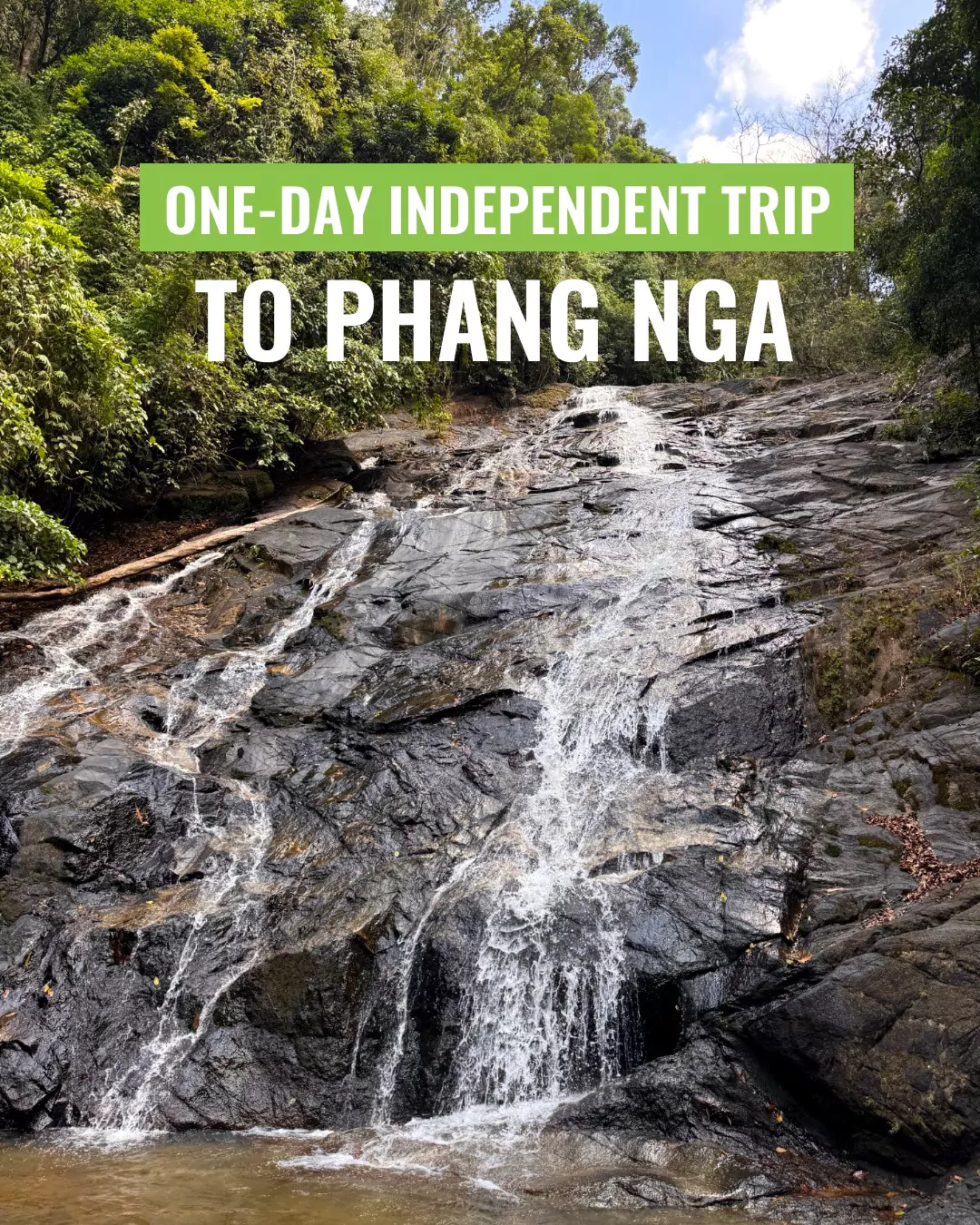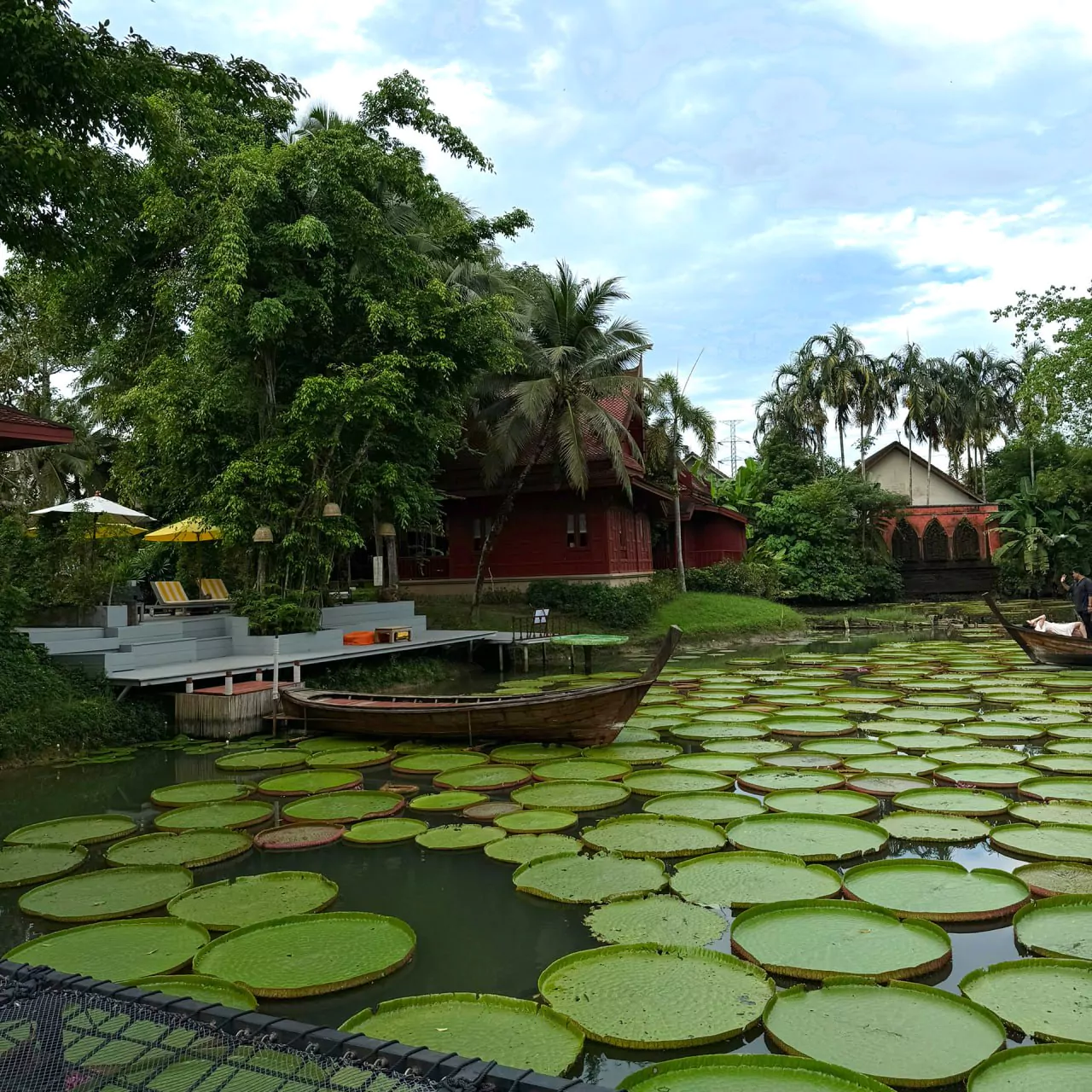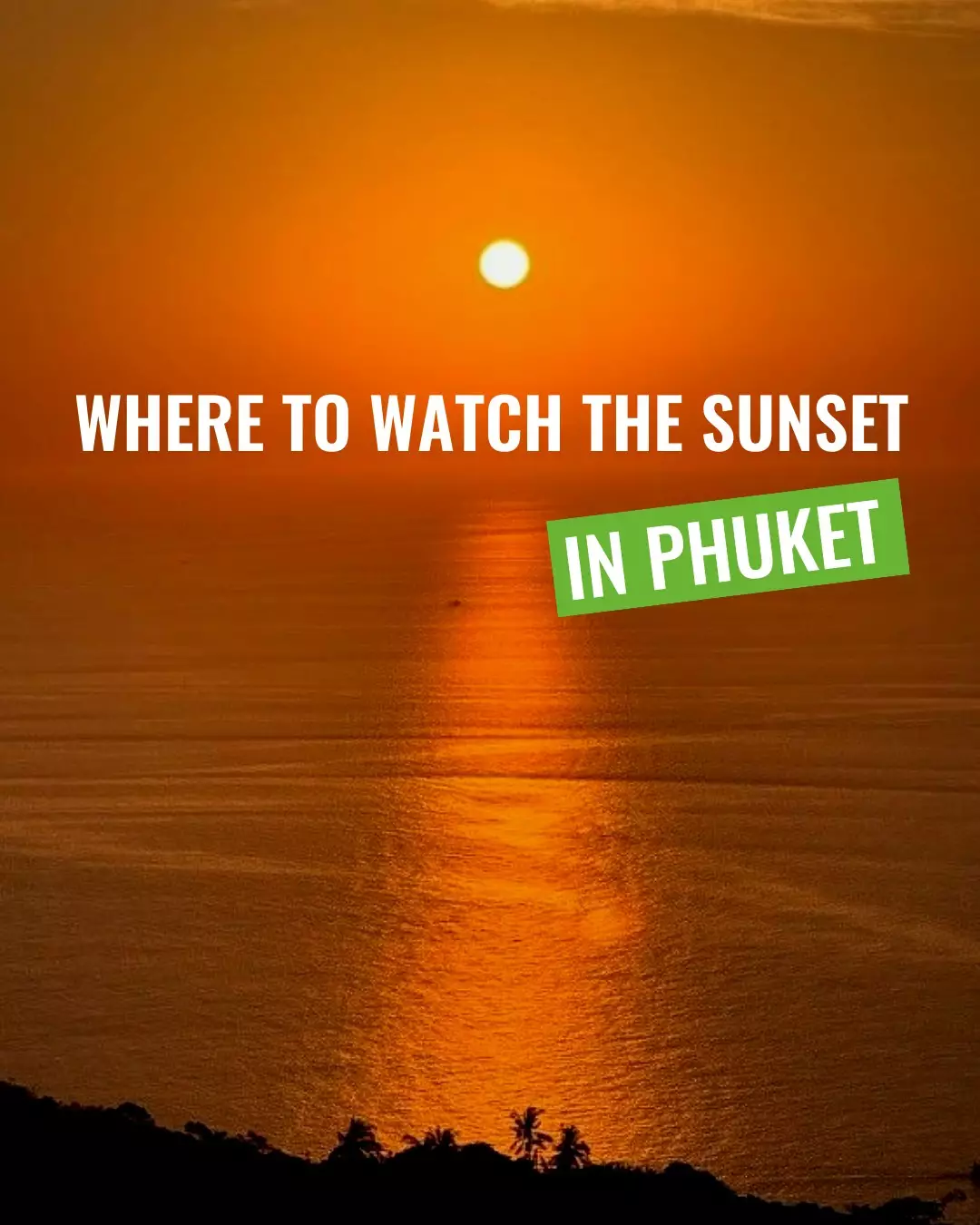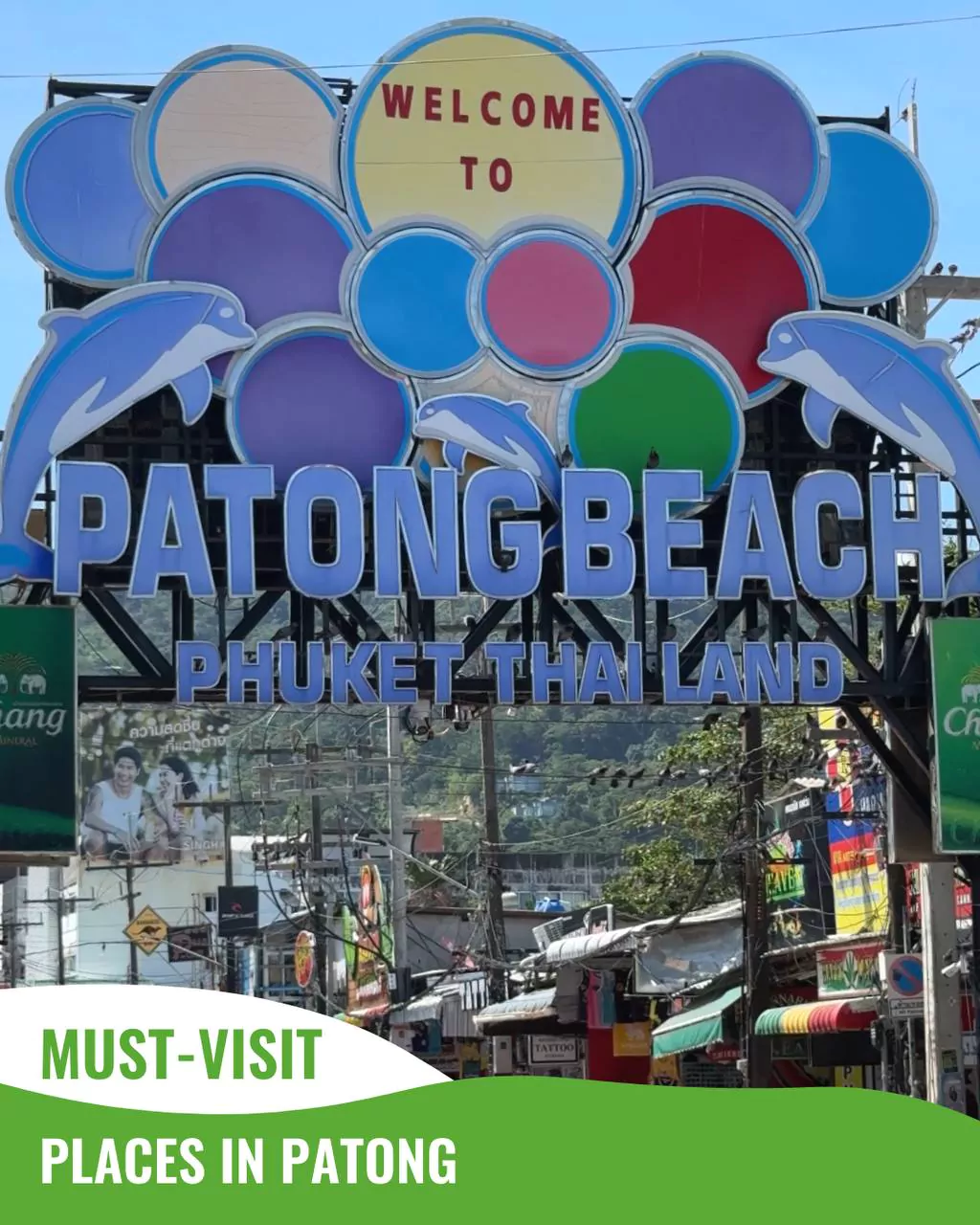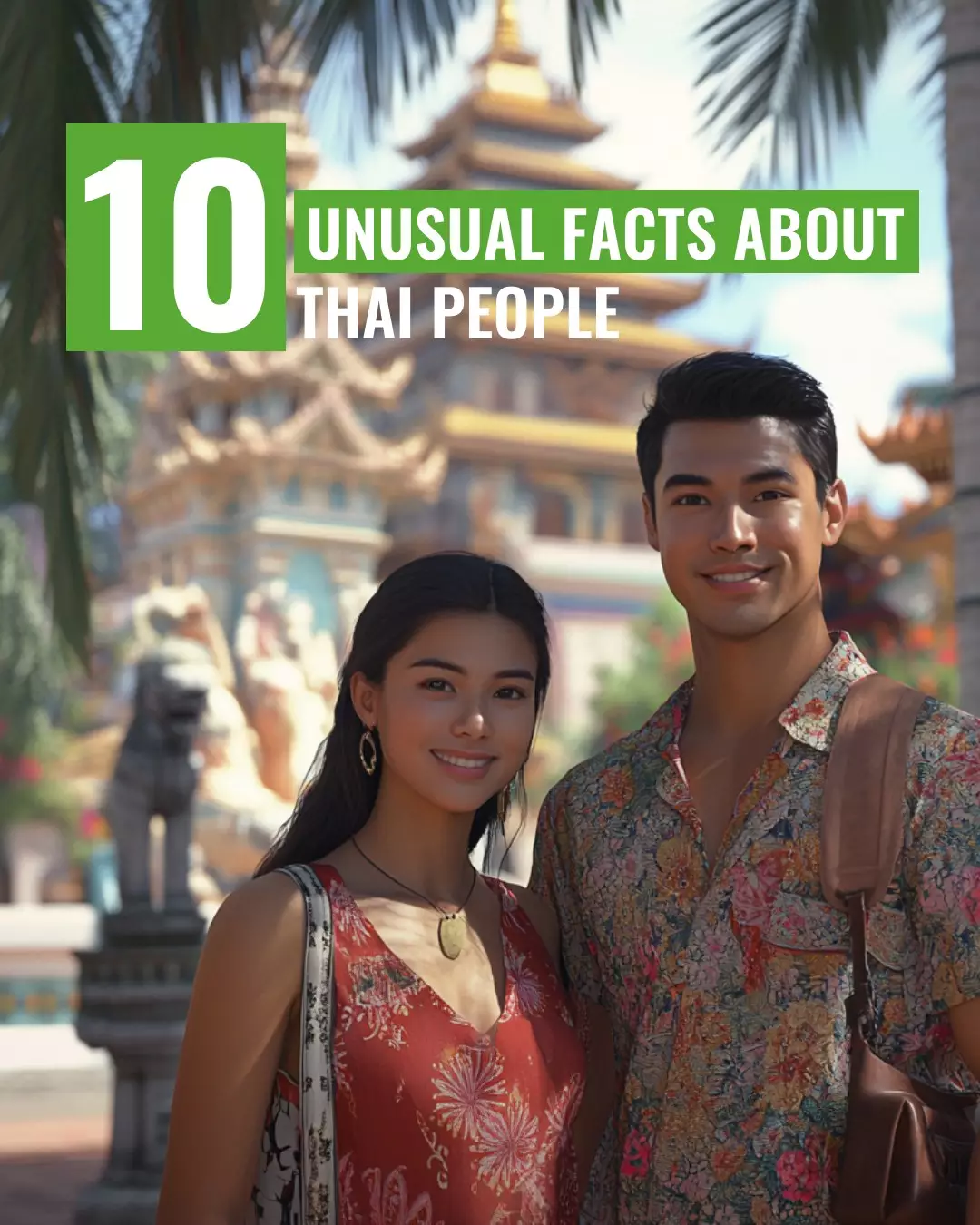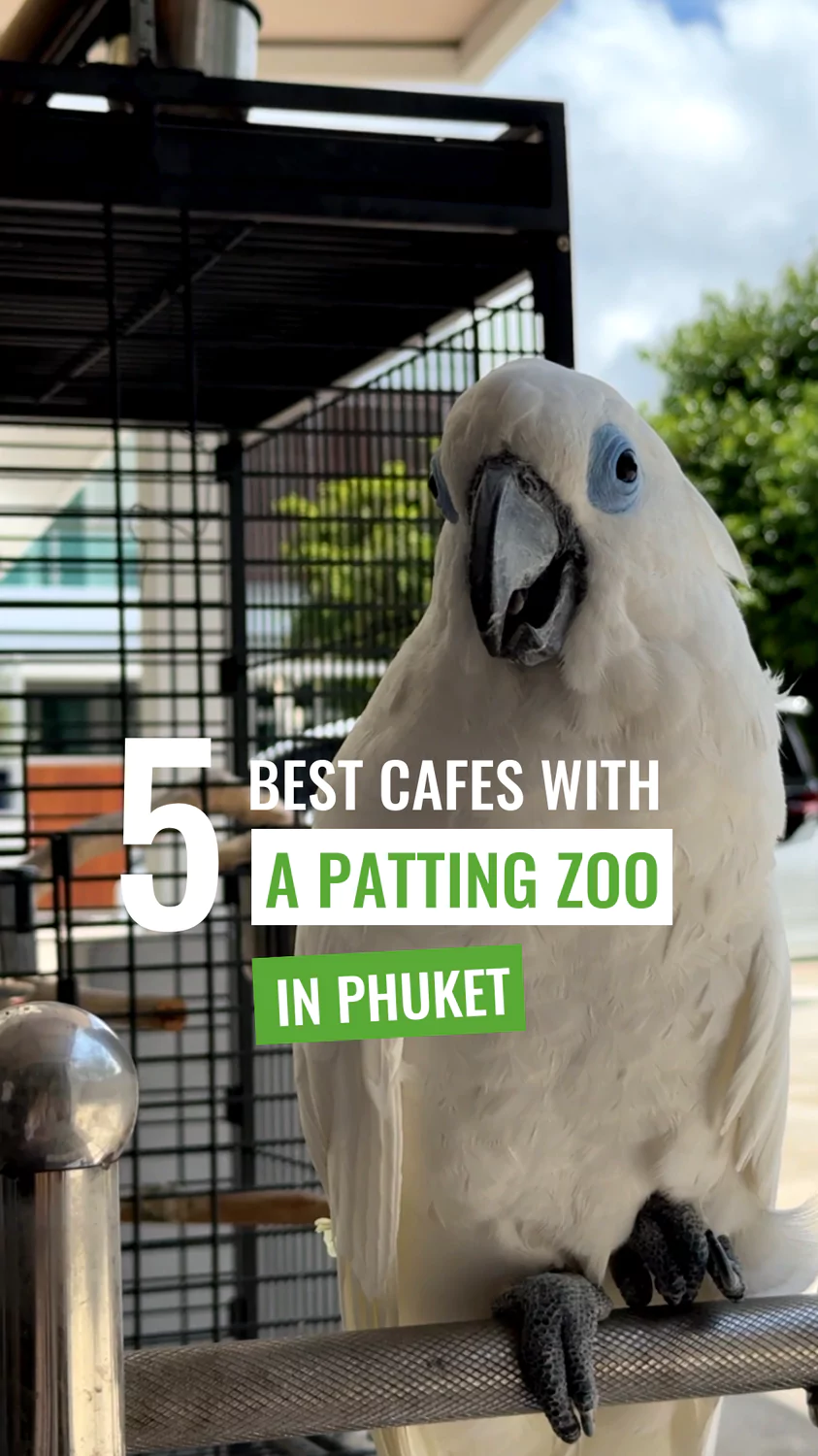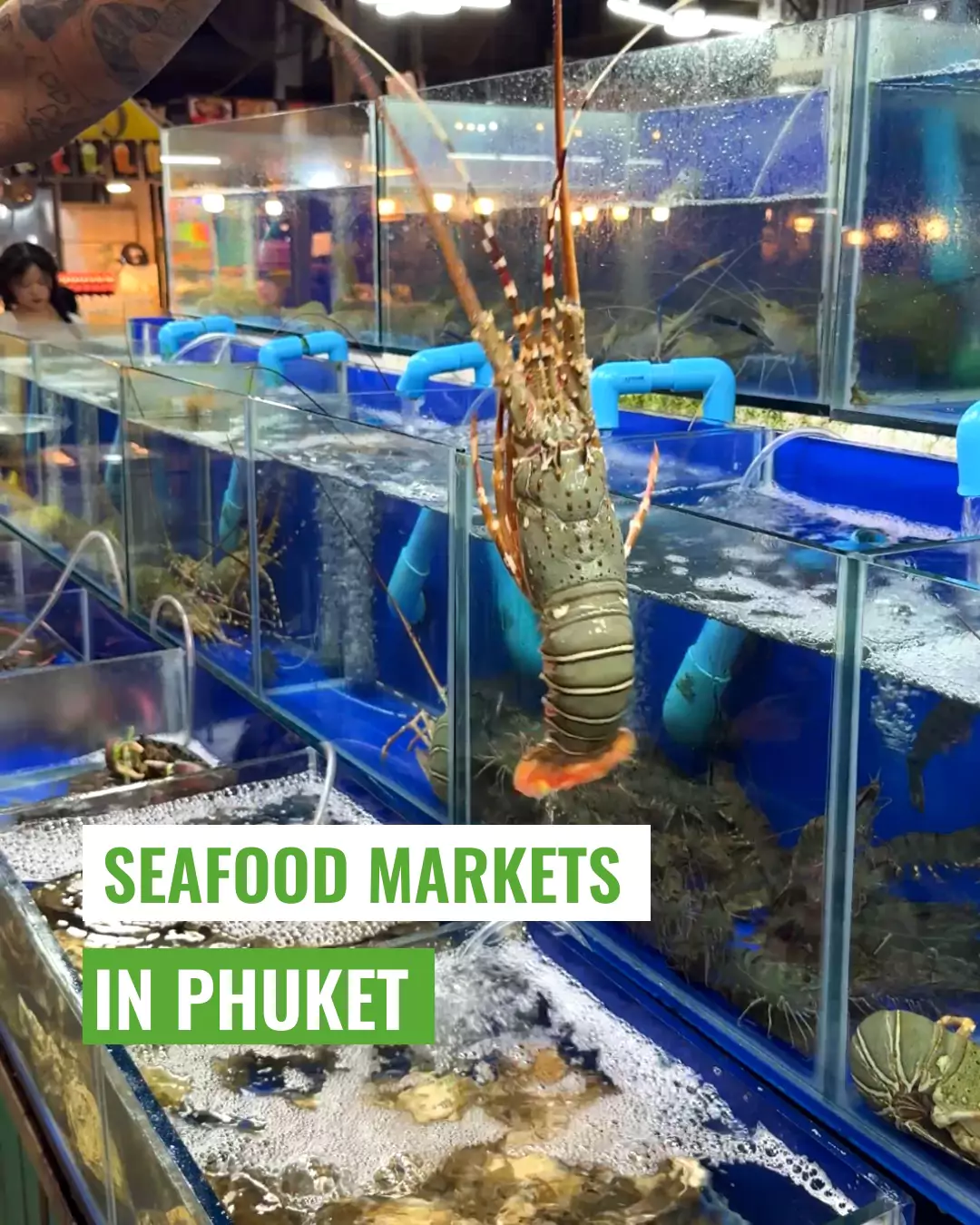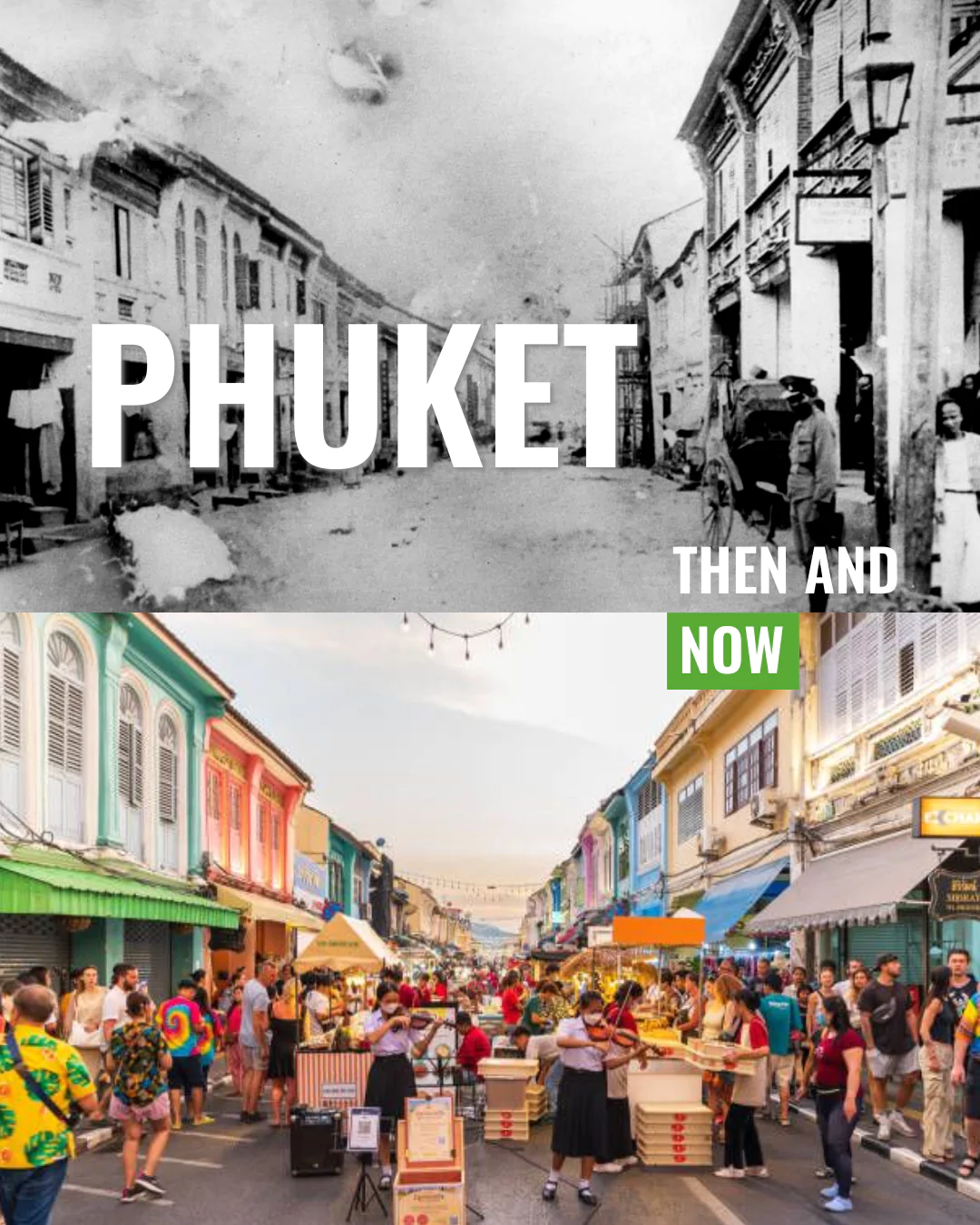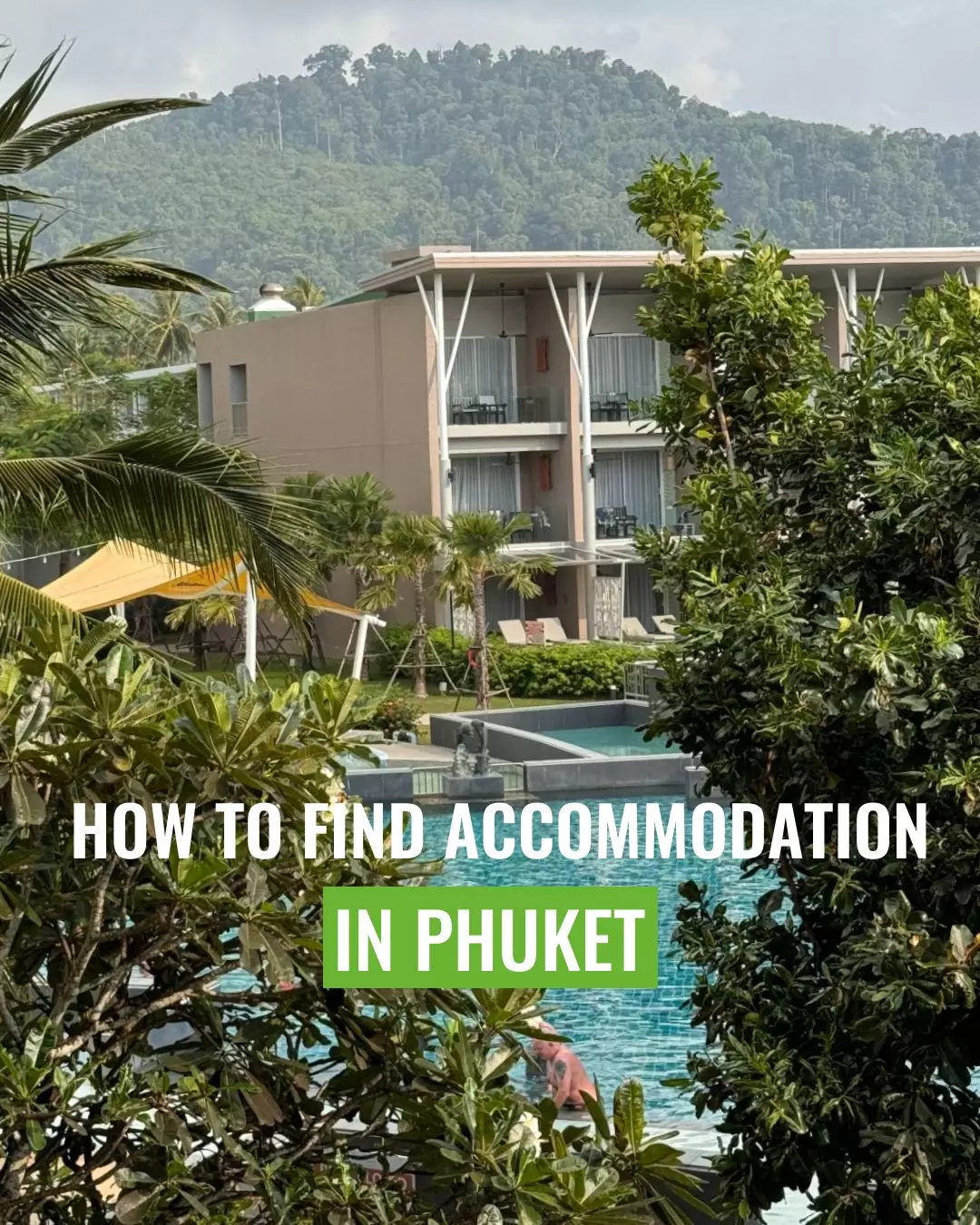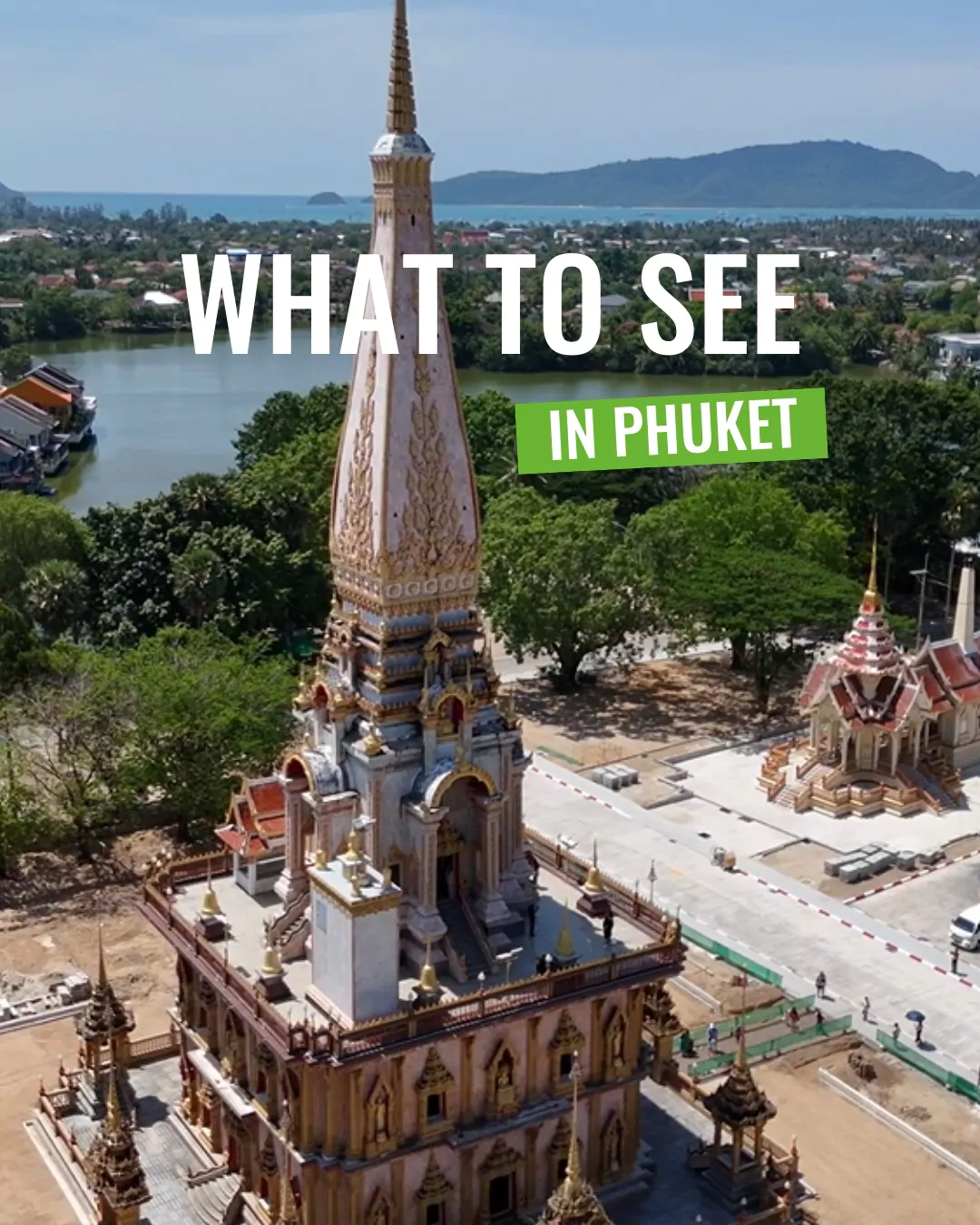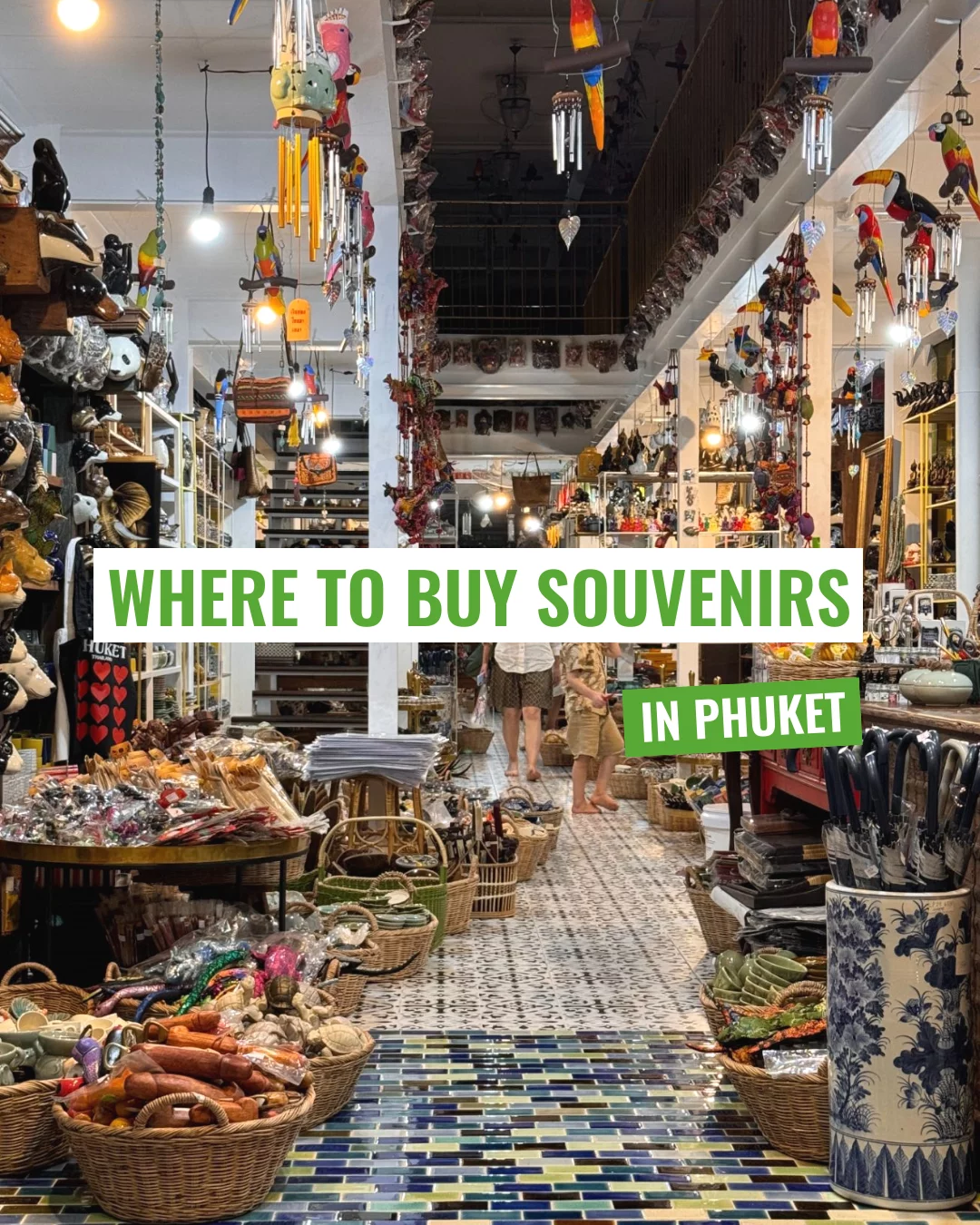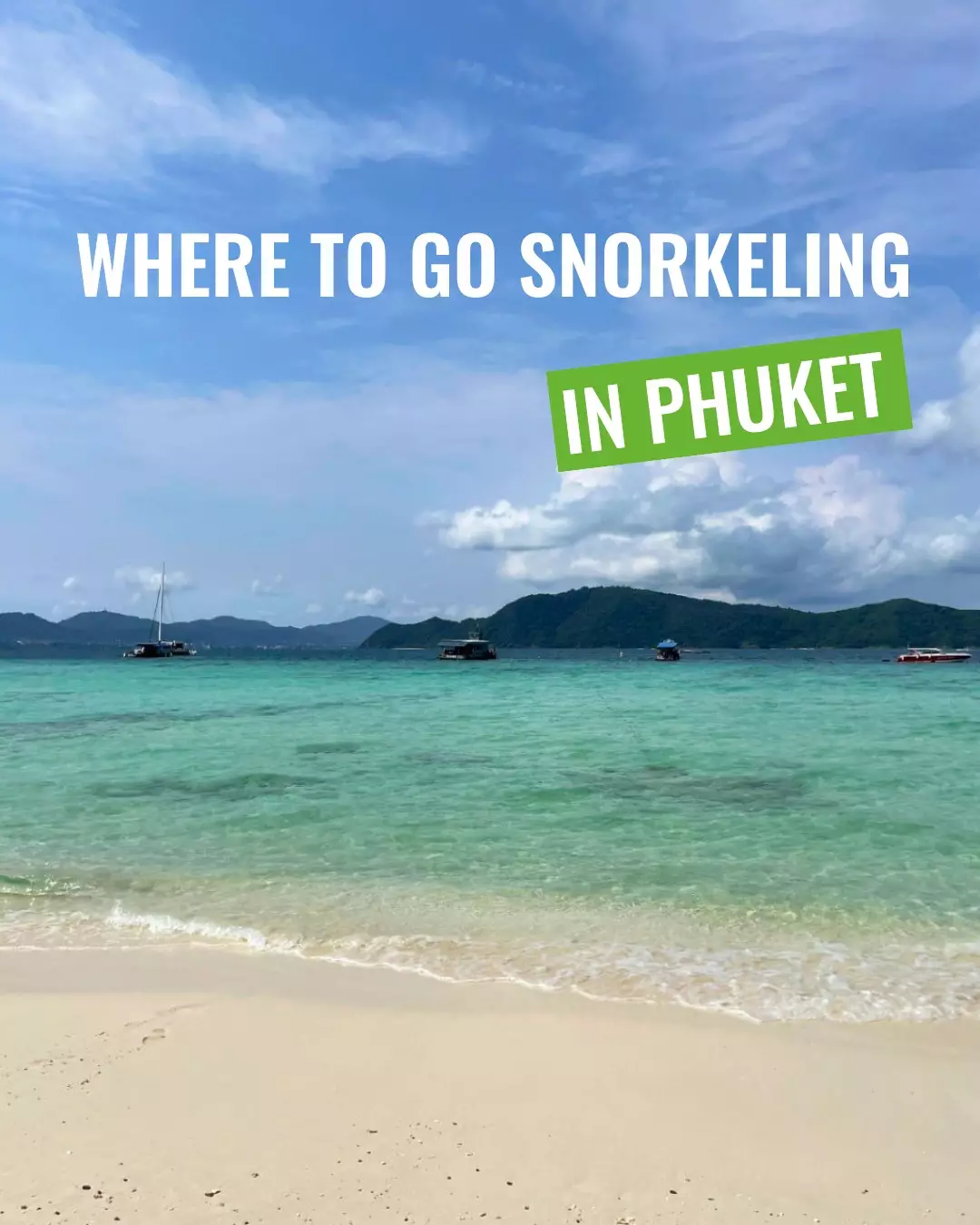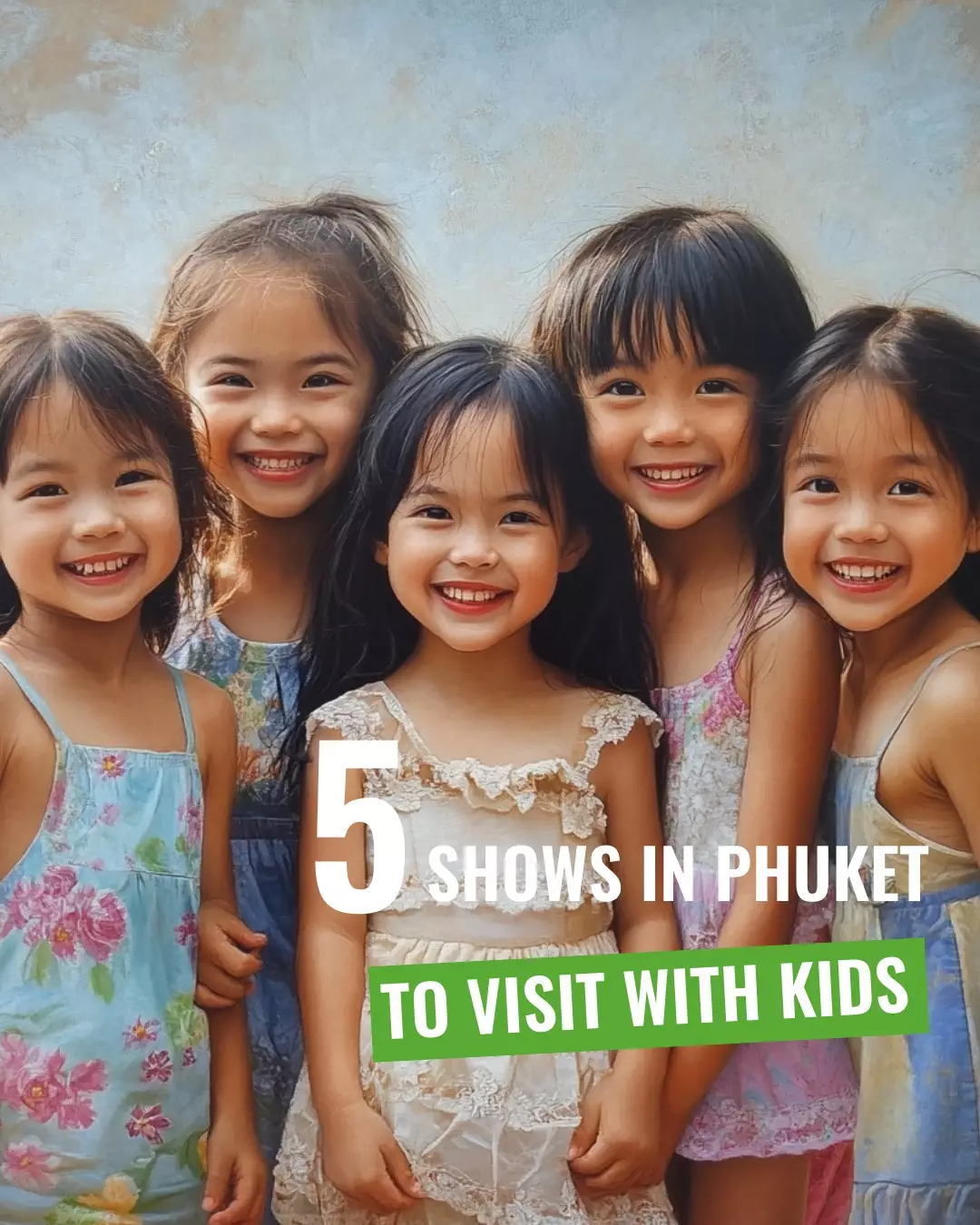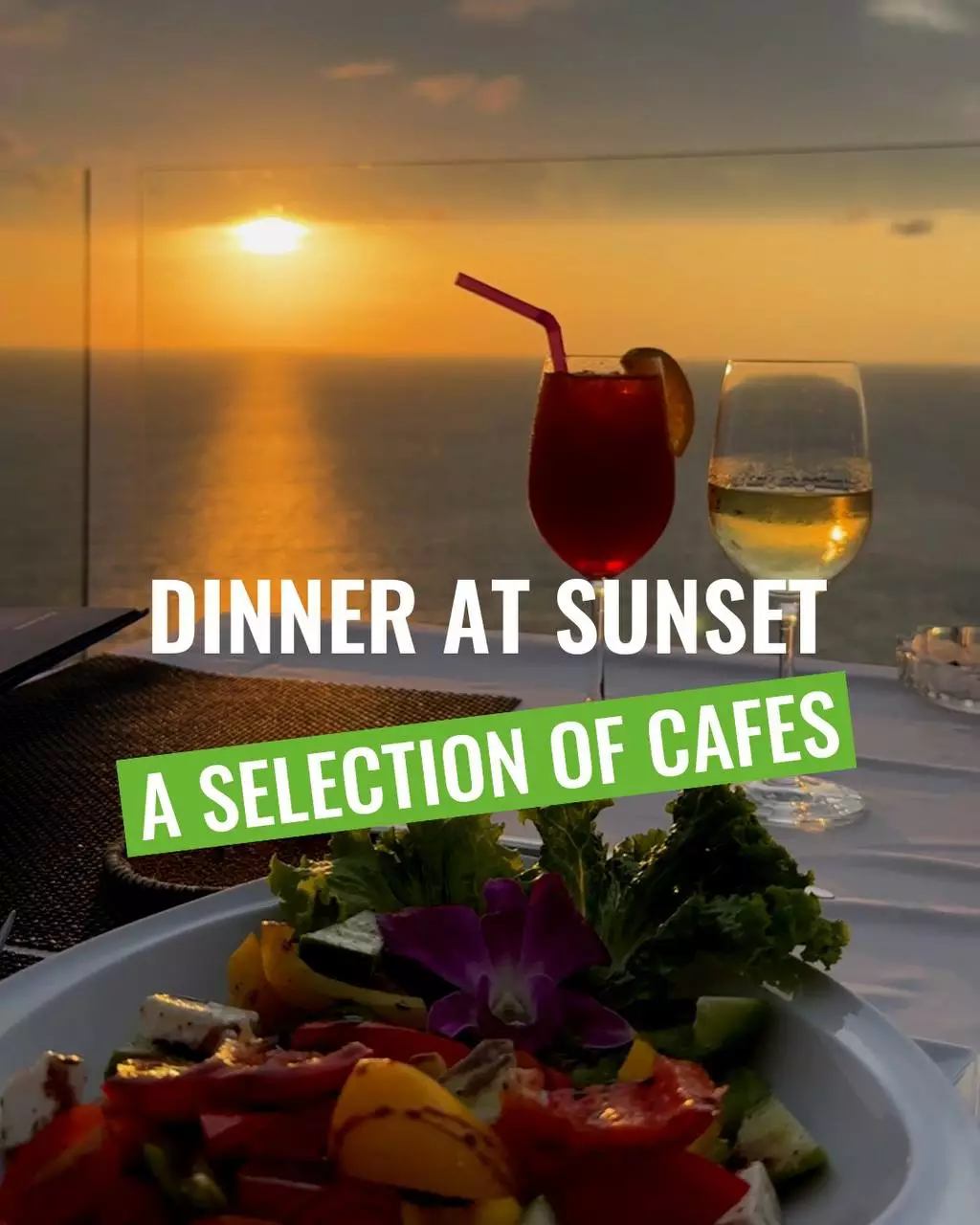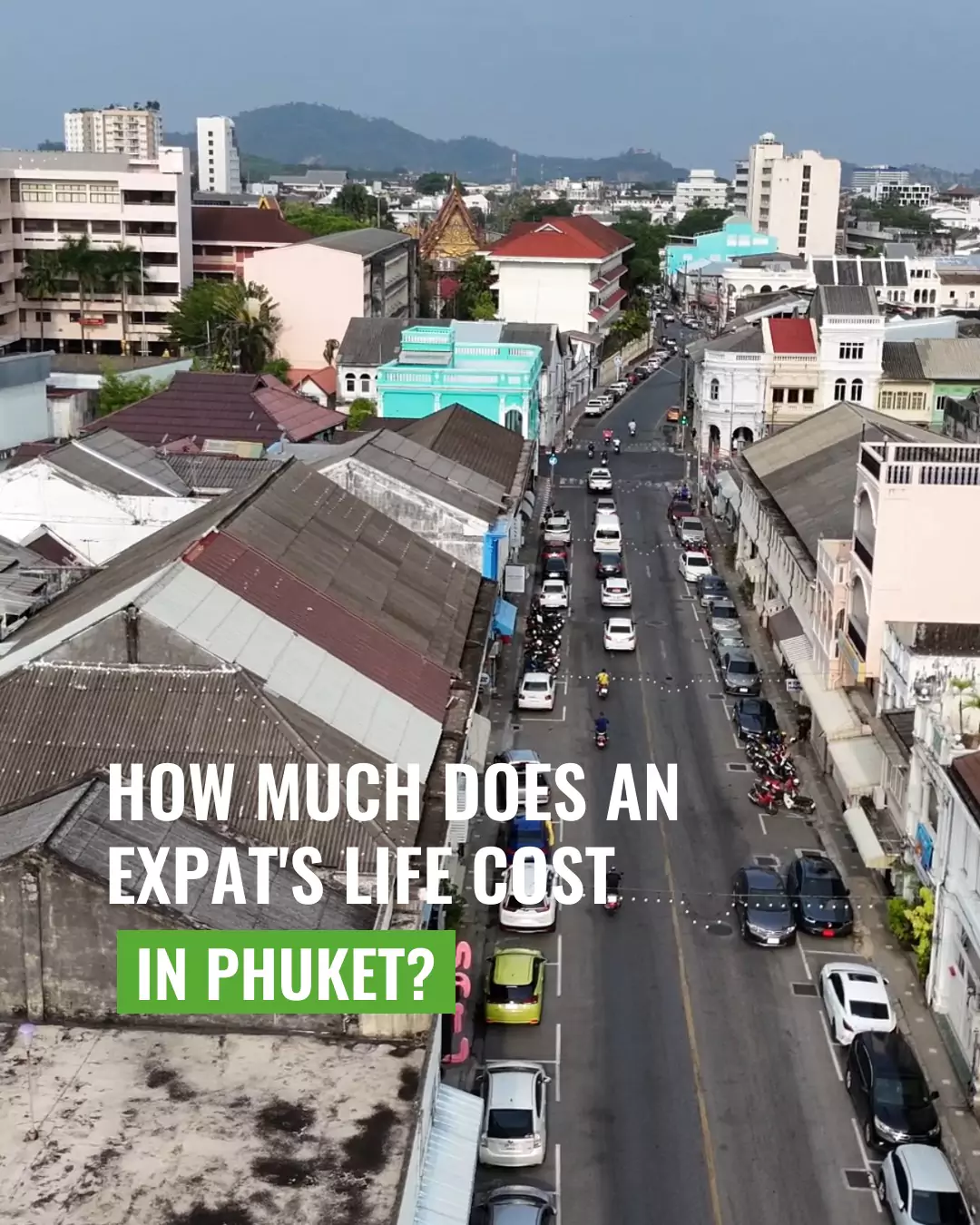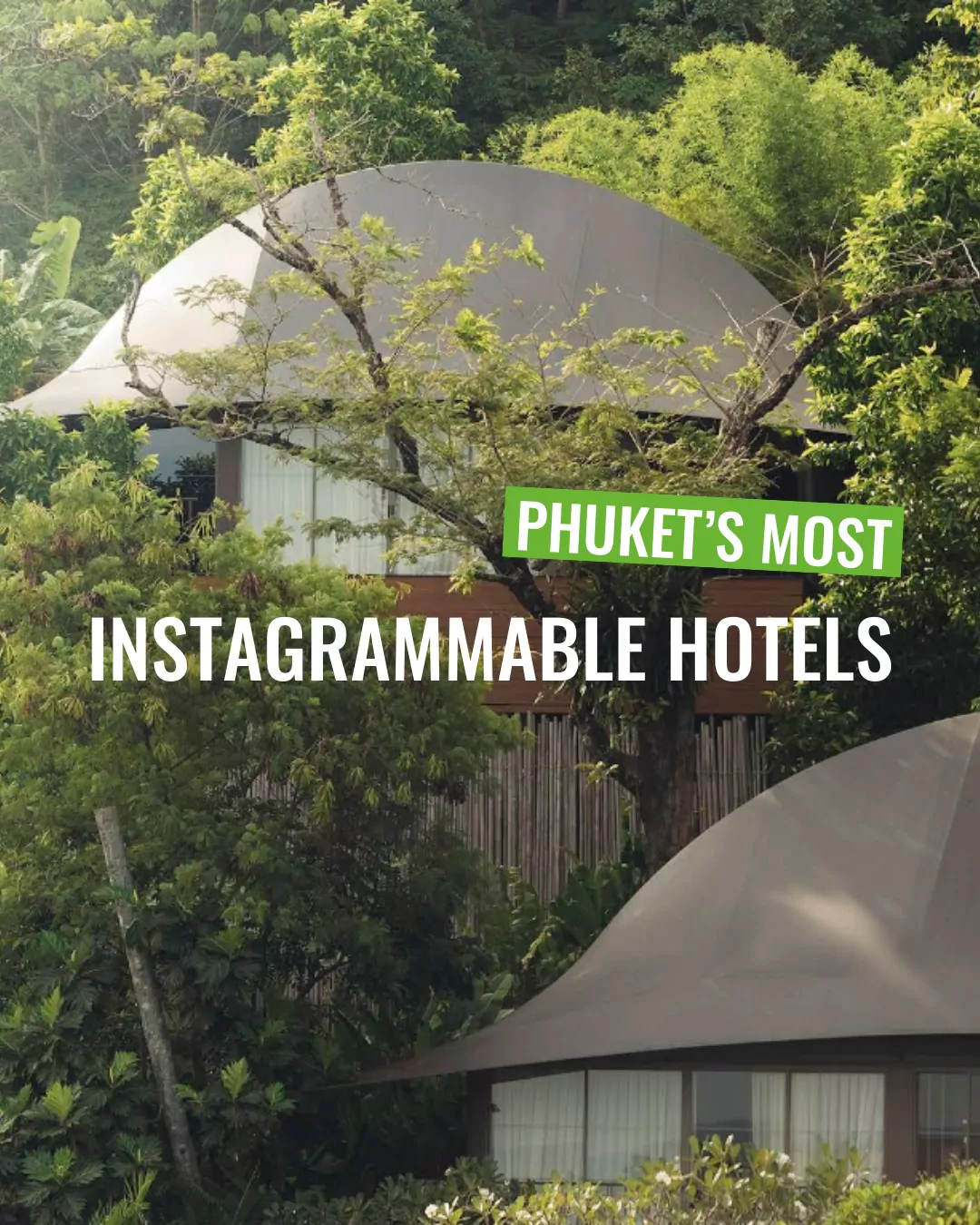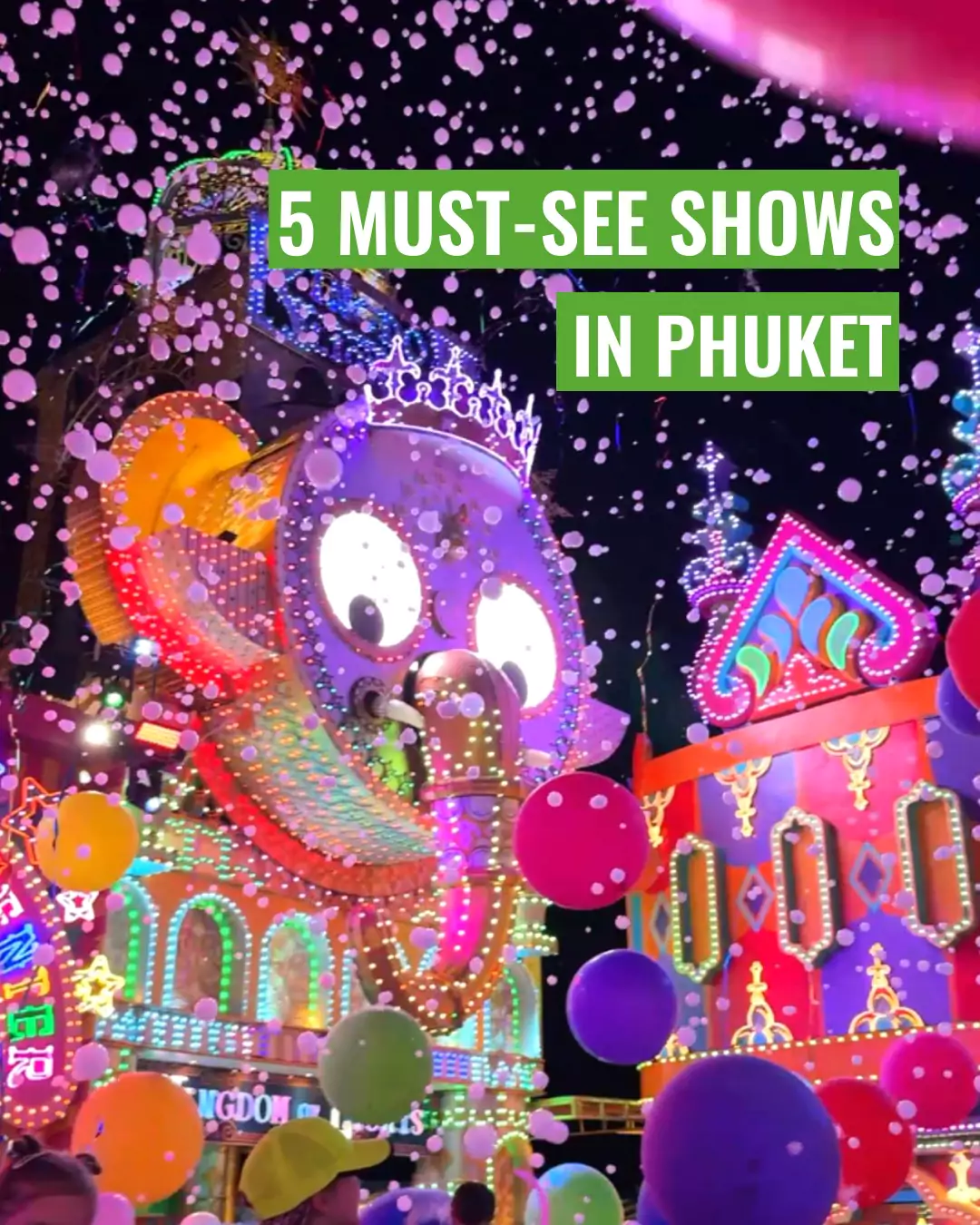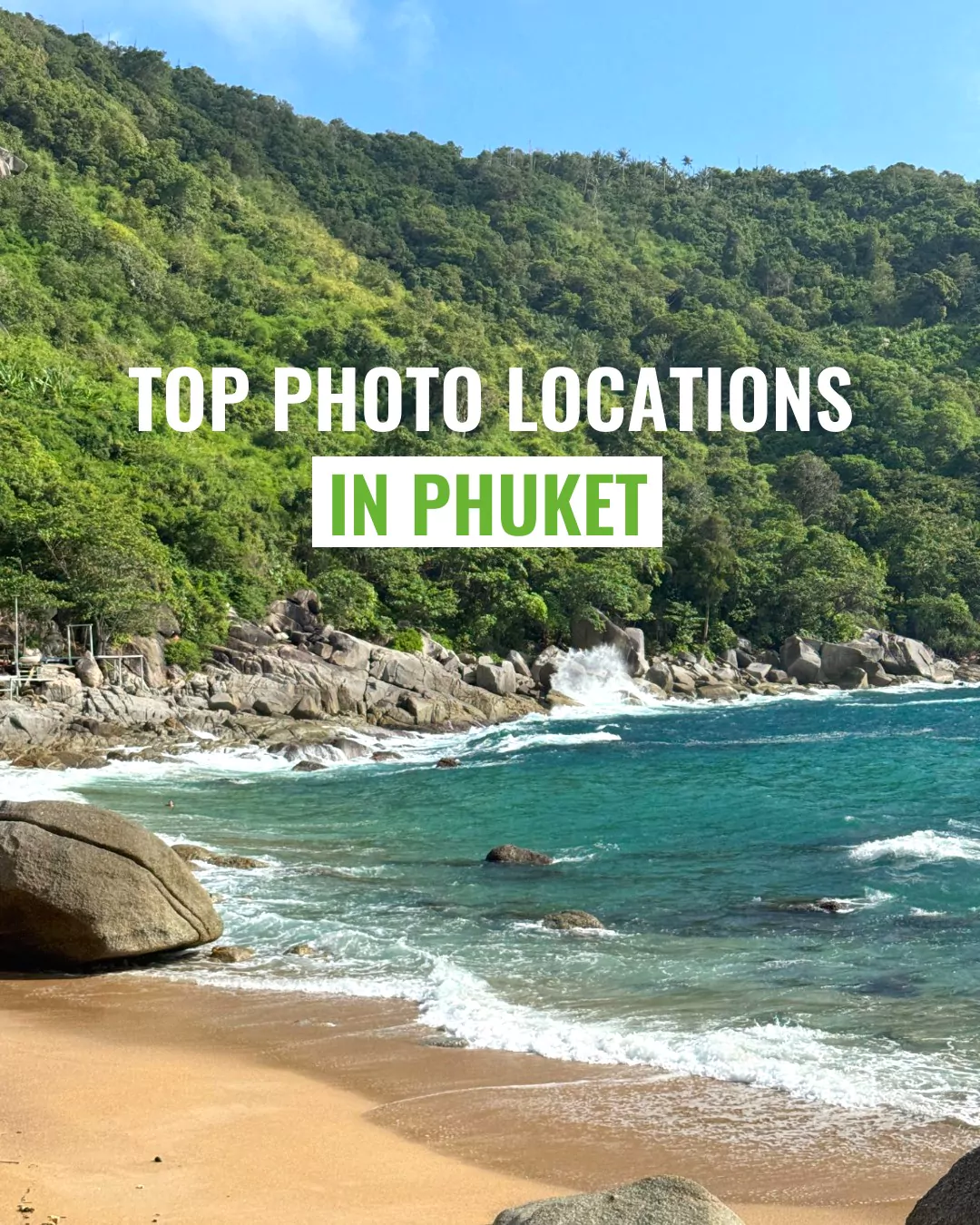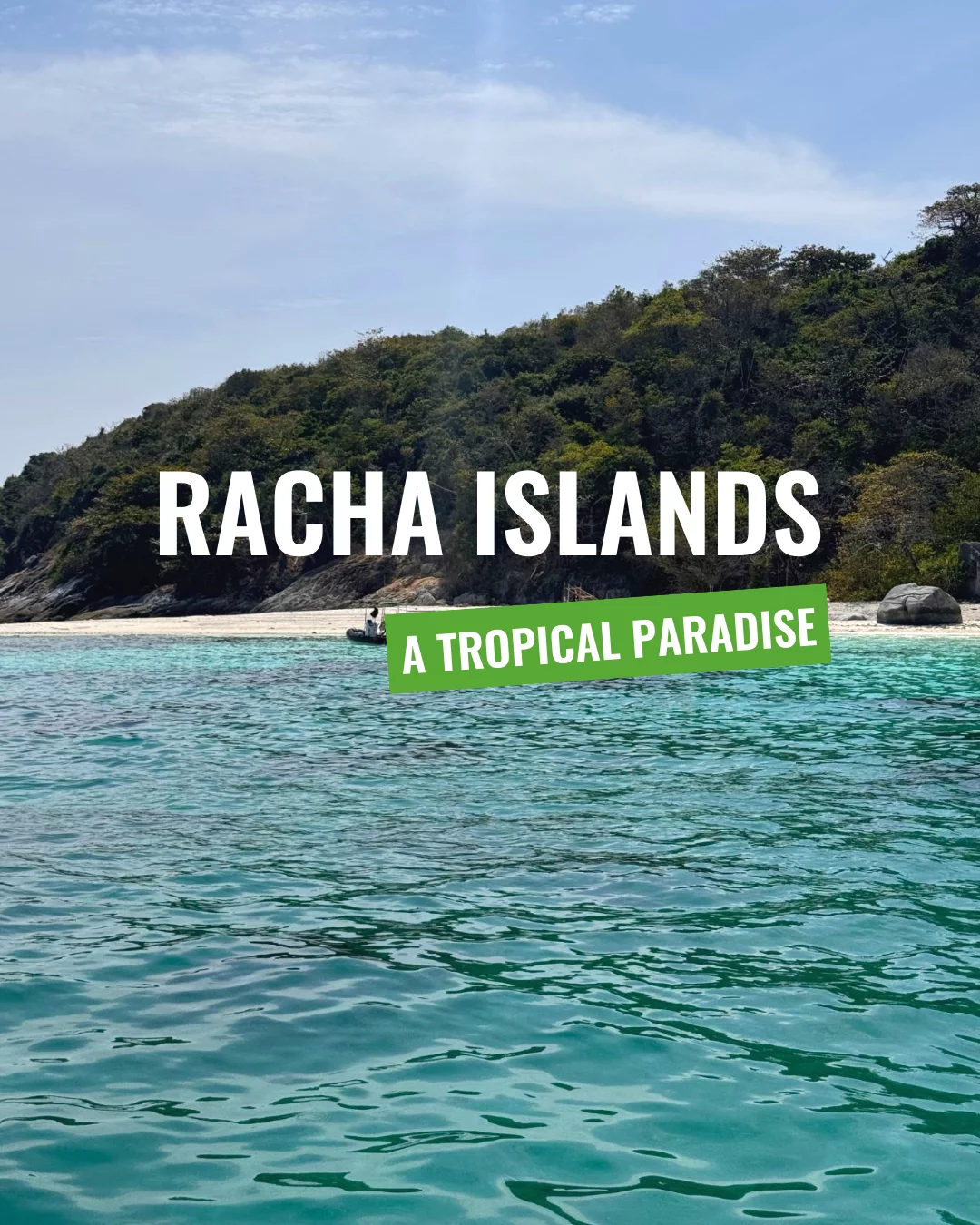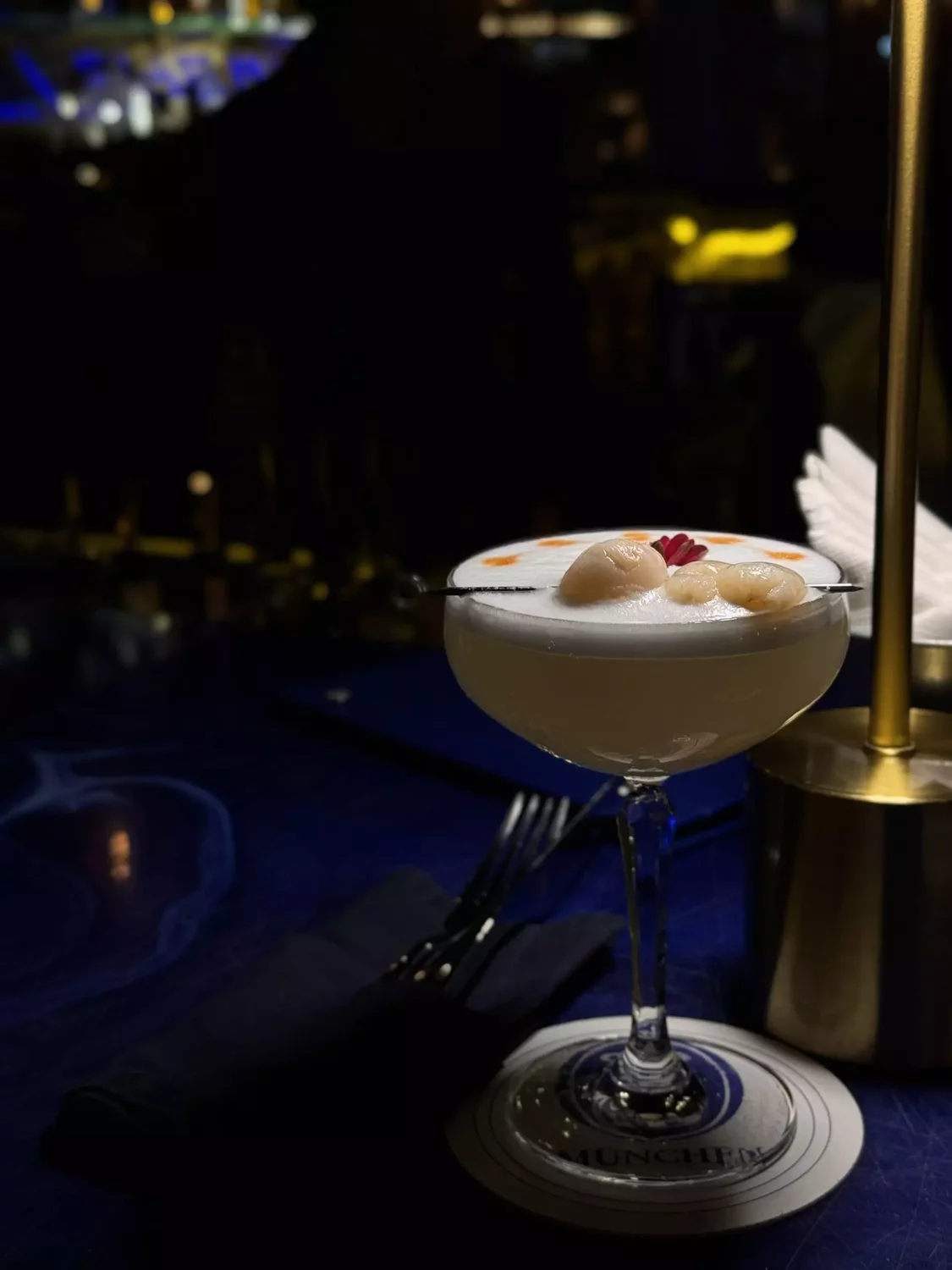Peranakan culture in Phuket
At the vibrant crossroads of cultures that is Phuket, there exists a unique heritage that remains unfamiliar to many. This is the culture of the Peranakan, also known as “Baba-Nyonya” — a blend of Chinese and Malay traditions. Simply put, the term refers to the descendants of Chinese immigrants who married local Malay or Indonesian women. Their culture has left a lasting mark on Phuket’s architecture, cuisine, and daily life — and you’ll definitely notice it. But what exactly is Peranakan culture, where did it come from, and how has it shaped the island? Let’s dive in.
Who Are the Peranakan?
The history of the Peranakan in Phuket dates back to the 18th and 19th centuries, when waves of Chinese migrants, mainly from southern provinces, arrived on the island in search of opportunities in the booming tin mining industry. These young traders and laborers came not only to earn money — many fell in love and married local women of Malay, Thai, or Indonesian descent. From this union, a unique hybrid culture emerged. The men were called “Baba,” the women “Nyonya,” and their descendants “Peranakan,” a Malay word meaning “locally born.” Over time, they formed a wealthy and influential class in Phuket.
Peranakan Architecture
You’ve definitely seen them if you’ve ever been to Old Phuket (and if not, we highly recommend a visit) — the mansions built in a distinctive Sino-Portuguese style. These buildings are typically narrow two- or three-story structures with ornate facades, decorated with intricate stucco work, columns, and vibrant colors. Their architectural elements blend Chinese, European, and Malay influences: colorful floral-patterned tiles, wooden shutters in European style, and interior courtyards adorned with traditional Chinese lanterns.
One of the most striking examples of Peranakan architecture is the Chinpracha House, built in 1903. Its façade is adorned with European-style columns, while the interior — featuring a traditional courtyard and ancestral altars — follows Chinese customs. The bright colors and decorative motifs reflect strong Malay influences.
Peranakan Cuisine
Peranakan cuisine is one of the most refined culinary heritages in Southeast Asia. In Phuket, it has given rise to a distinctive gastronomic tradition, characterized by more complex and layered flavors compared to other regions of Thailand. This culinary philosophy has deeply influenced the island’s entire restaurant scene, creating a unique “Phuket style.”
Signature Peranakan dishes — such as “moo hong” (braised pork belly stewed in a fragrant mix of five spices and soy sauce) and “o-tao” (a savory oyster pancake) — showcase the masterful fusion of Chinese cooking techniques with local ingredients and spices.
The Economic Contribution of the Peranakan
In the 19th century, it was the Peranakan who controlled much of Phuket’s tin mining industry — the foundation of the island’s prosperity. Families such as Na Takuathung and Hong Yok Ane established the island’s first corporate structures, blending Chinese business practices with local knowledge and European technologies. They also founded Phuket’s first banking institutions and insurance companies.
Even after the decline of the tin industry in the 1970s, the Peranakan entrepreneurial spirit remained strong. Many redirected their investments into the emerging tourism industry, financing some of the island’s very first hotels and travel companies. For example, Phuket’s first hotel — the On On Hotel, built in 1927 by Chinese immigrant Yoktiev Sae-Pae — was one of their initiatives. Interestingly, this very hotel appears in the opening scene of the 2000 film The Beach starring Leonardo DiCaprio. Today, many of Phuket’s largest tourism businesses are still owned by descendants of these historic Peranakan clans.
Social Influence
The Peranakan also brought unique social structures and customs that significantly shaped Phuket’s society. For instance, in the traditional Peranakan family system, inheritance often followed the maternal line, and women played a central role. They frequently managed family finances and ran businesses, fostering a high level of female entrepreneurship — a trait that remains strong on the island to this day.
The educational system was also deeply influenced by Peranakan culture. The first modern schools in Phuket were established by the Peranakan and blended Chinese educational philosophy with Western teaching methods. This tradition of academic excellence continues to shape the island’s educational priorities.
Where to Experience Peranakan Culture in Phuket
Naturally, the heart of Peranakan culture is Phuket Old Town. At its center is the Peranakan Phuket Museum — a true treasure trove of artifacts that tell the story of the Peranakan people. Visitors can see traditional bridal gowns worn by Nyonya brides, exquisitely hand-painted porcelain, antique furniture, and recreations of traditional Peranakan living rooms. Another noteworthy place is the Thalang National Museum, which offers detailed exhibitions on the history and culture of Phuket and Thailand from ancient times to the present.
Peranakan culture lives on not only in the architecture and cuisine of Phuket but also in its annual festivals and ceremonies. The Peranakan Festival, usually held in late June, transforms the streets of Old Town into a vibrant showcase of traditional costumes, music, dance, and — of course — authentic food. Keep an eye on our Phuket Events Schedule to stay updated on all upcoming celebrations and island happenings.
Peranakan culture in Phuket is a fascinating example of how migration and cultural blending can create something entirely new and unique.
If you’re interested in Phuket’s rich history and heritage, be sure to also explore the island’s Temples and Museums.

